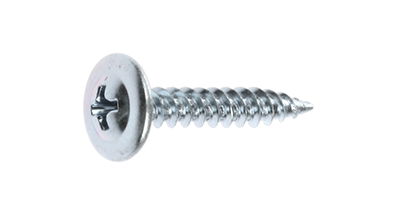and my last build was as prices started to rise. It cost me around $1,300 I believe, but is pretty bare bones. Of course, its also 10' x 16' (roughly).
8 sheets of hardieboard (which I would lay out differently) if I did it again, that about $300. 10 sheets ox 2'x8' 5v metal roofing, plus a ridge and screws, another $300. 8 4x4s (PT), they were around $20 a piece at the time, so $160. At least that much in 2x4x8s and 2x4x12s (though its very lightly framed). Then more screws, concrete, paint, nesting boxes, gutters to collect rainwater...
Yeah, I think $1,300 is a good estimate, and it remains barebones.
Could easily throw a few $Hundred$ more at it in doors and hardware cloth if I thought it needed. And one more hardieboard, to better shelter the sides - free ventilation is NOT a problem - though I'd rearrange coverage on the side (and will) when I add the outriggers for more sheltered storage (hay, and maybe some metal bins for feed storage, get it out of the barn).
8 sheets of hardieboard (which I would lay out differently) if I did it again, that about $300. 10 sheets ox 2'x8' 5v metal roofing, plus a ridge and screws, another $300. 8 4x4s (PT), they were around $20 a piece at the time, so $160. At least that much in 2x4x8s and 2x4x12s (though its very lightly framed). Then more screws, concrete, paint, nesting boxes, gutters to collect rainwater...
Yeah, I think $1,300 is a good estimate, and it remains barebones.
Could easily throw a few $Hundred$ more at it in doors and hardware cloth if I thought it needed. And one more hardieboard, to better shelter the sides - free ventilation is NOT a problem - though I'd rearrange coverage on the side (and will) when I add the outriggers for more sheltered storage (hay, and maybe some metal bins for feed storage, get it out of the barn).



